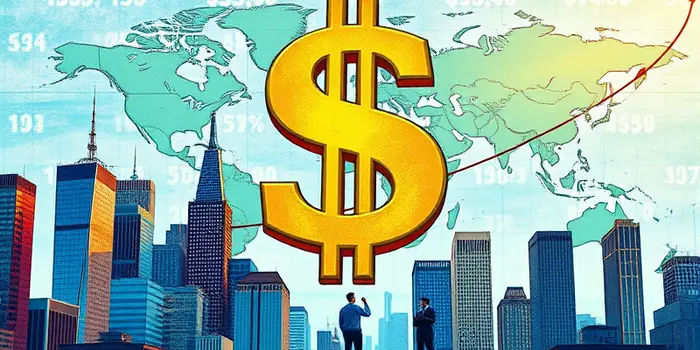
The rapid ascent of the US dollar to five-decade highs has sent ripples through global markets. While US consumers enjoy lower import prices, multinational corporations are grappling with a powerful headwind that threatens to compress earnings and reshape strategic priorities.
Since late 2024, the US dollar has surged to its strongest levels in over fifty years. Analysts at Bank of America highlighted the real effective exchange rate hitting a 55-year high, driven by a convergence of factors that reflect America’s current economic prominence.
Key catalysts include:
These forces combined to lift the DXY index to levels not seen since November 2022. While America’s robust performance underpins the currency’s allure, a large trade deficit—4.2% of GDP as of September 2024—still looms as a long-term constraint.
For US companies that generate roughly 40% of their revenue abroad, a stronger dollar translates to a direct profit drag. When foreign profits are converted back into dollars, the same volume of sales produces fewer US dollars.
This phenomenon, known as the translation effect directly weighs on earnings, has become a central theme in quarterly guidance calls. Technology giants like Microsoft and Apple, along with consumer stalwarts such as Procter & Gamble, have cited multi-hundred million dollar impacts on annual earnings forecasts.
The sensitivity varies by sector:
Analysts estimate that every 10% appreciation in the dollar index can trim S&P 500 earnings by 3–4% in USD terms, underscoring the magnitude of the headwind.
The implications of dollar strength extend beyond corporate balance sheets. A more expensive dollar:
Emerging markets with heavy dollar liabilities face higher interest costs, which can curtail government spending and dampen global demand. Conversely, US consumers benefit through lower import prices that moderate inflation, illustrating the dual-edged nature of a strong currency.
To crystallize the effect on corporate earnings, consider the following table which outlines key metrics:
Investors and corporate leaders alike must adopt proactive measures to weather the dollar’s strength. While the macro backdrop remains volatile, targeted strategies can mitigate downside risks and position portfolios for resilient growth.
Key approaches include:
Corporate executives should also consider natural hedges, such as local production and sourcing, to reduce currency mismatches within their operations.
Most analysts expect near-term resilience in the dollar, driven by ongoing Fed rate path divergence and persistent US outperformance. However, anticipation of policy changes and global reignition of growth could set the stage for a dollar normalization in the latter half of 2025.
Fiscal policy developments, such as new tariffs or spending initiatives, also carry the potential to sway exchange rate dynamics. For now, market participants are closely monitoring Fed communications and global economic indicators for signs of shifting momentum.
Ultimately, the current dollar cycle underscores the importance of vigilant risk management and strategic agility. By understanding the underlying drivers and deploying targeted responses, investors and companies can turn this period of currency strength into an opportunity to reinforce resilience and secure long-term success.
Embrace a forward-looking mindset. As the US dollar carves its path, those who combine insightful analysis with adaptive strategies will emerge stronger and more prepared for the next chapter of global markets.
References













